Search
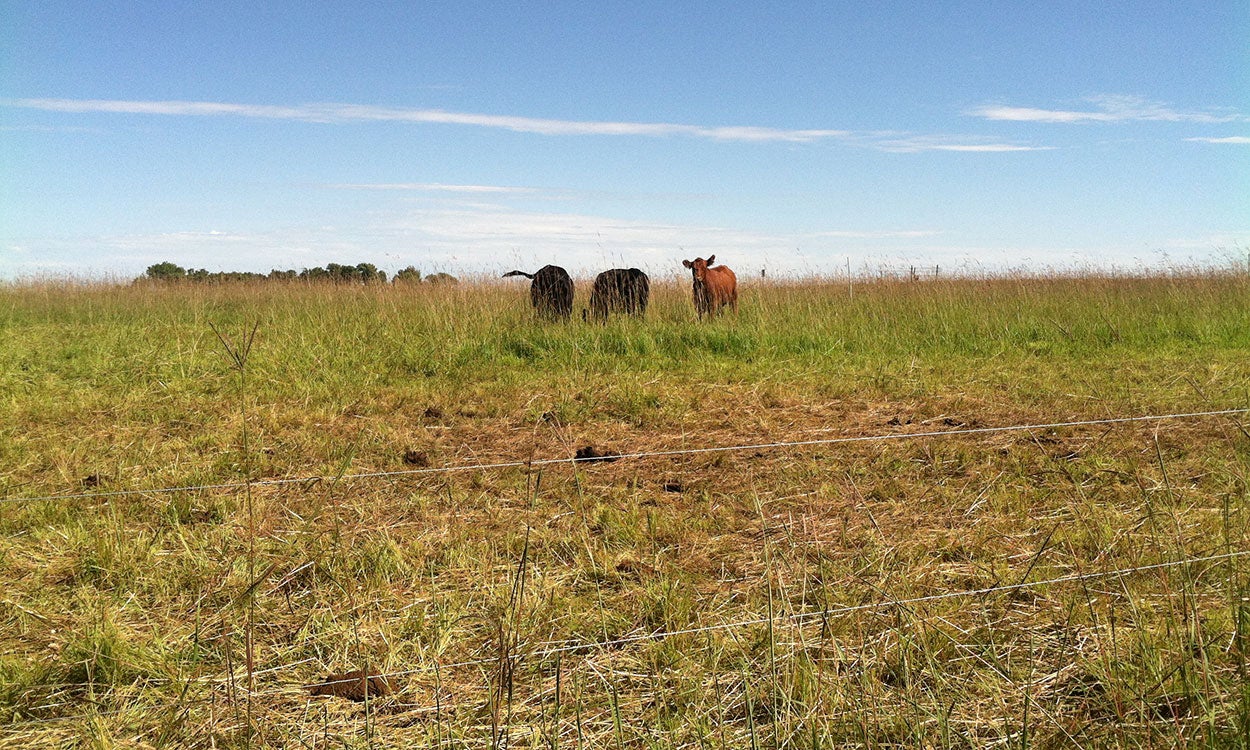
Grassland Fertilization: Native Grass Planting Case Study - Codington County
Management goals of planted grasslands are an important driver in the consideration of whether fertilizer applications will be beneficial or harmful. Here, we will discuss various plant communities and the impact of fertilization on each.

SDSU, UNL Extension host Siouxland Feedlot Forum
April 27, 2024
South Dakota State University Extension and the University of Nebraska-Lincoln Extension are hosting a Siouxland Feedlot Forum on June 18, 2024, in South Sioux City, Nebraska.
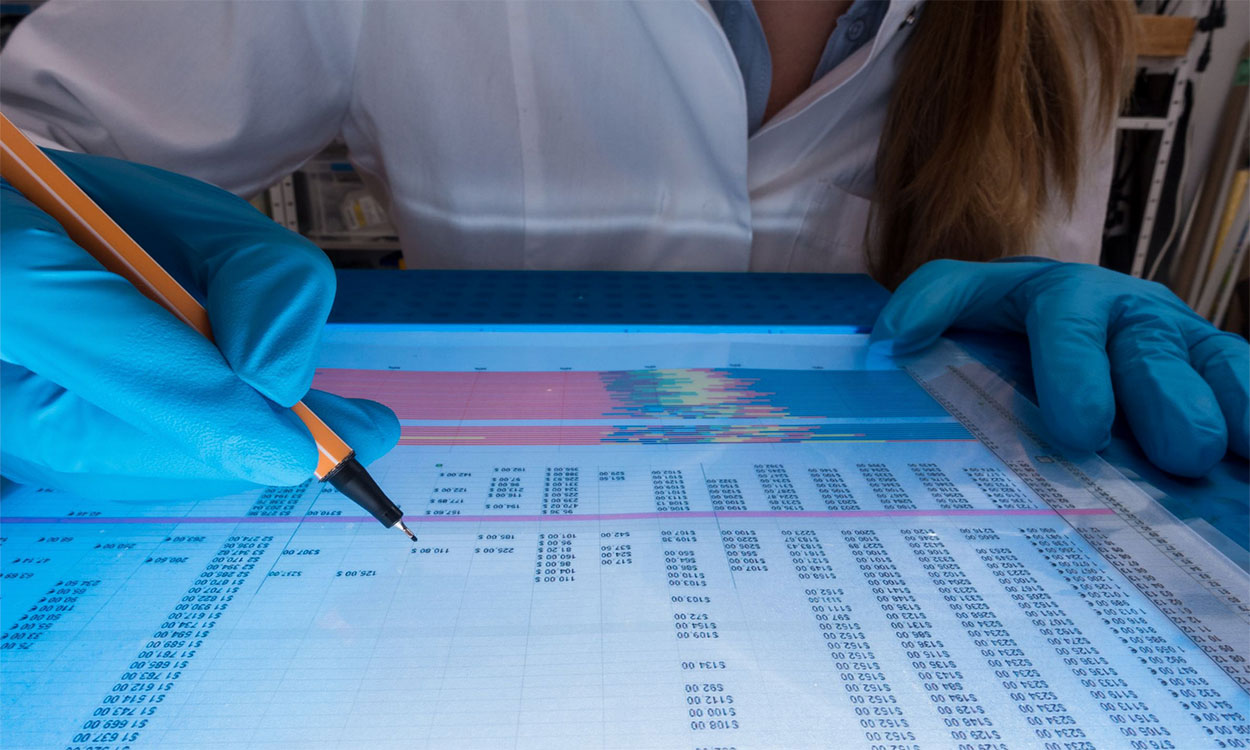
How Do Genetics Impact Animal Well-Being?
Genetic engineering is a promising tool that could be used to improve animal welfare while lowering costs of production.
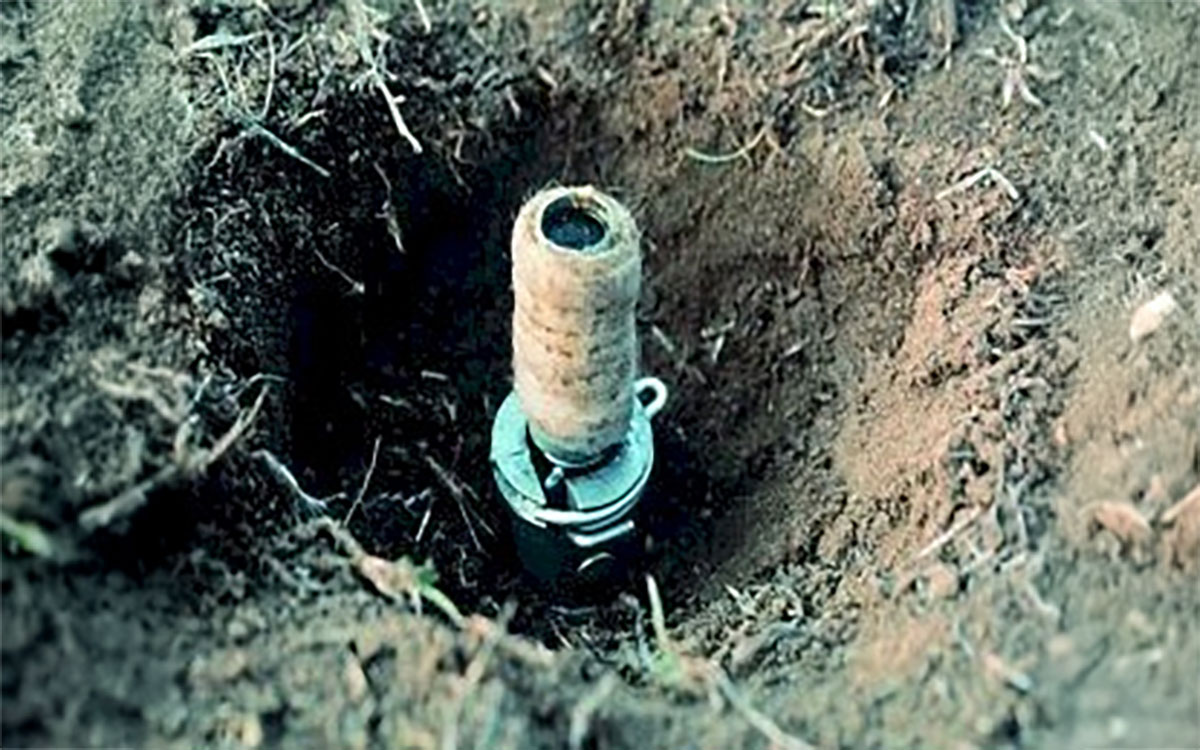
Private Applicator Endorsements for M-44 Devices, Fumigants, and Aerial Applications
Recent changes to South Dakota private applicator pesticide regulations have impacted the requirements to use M-44 predator-control devices, fumigants, and to apply pesticides from aerial vehicles.
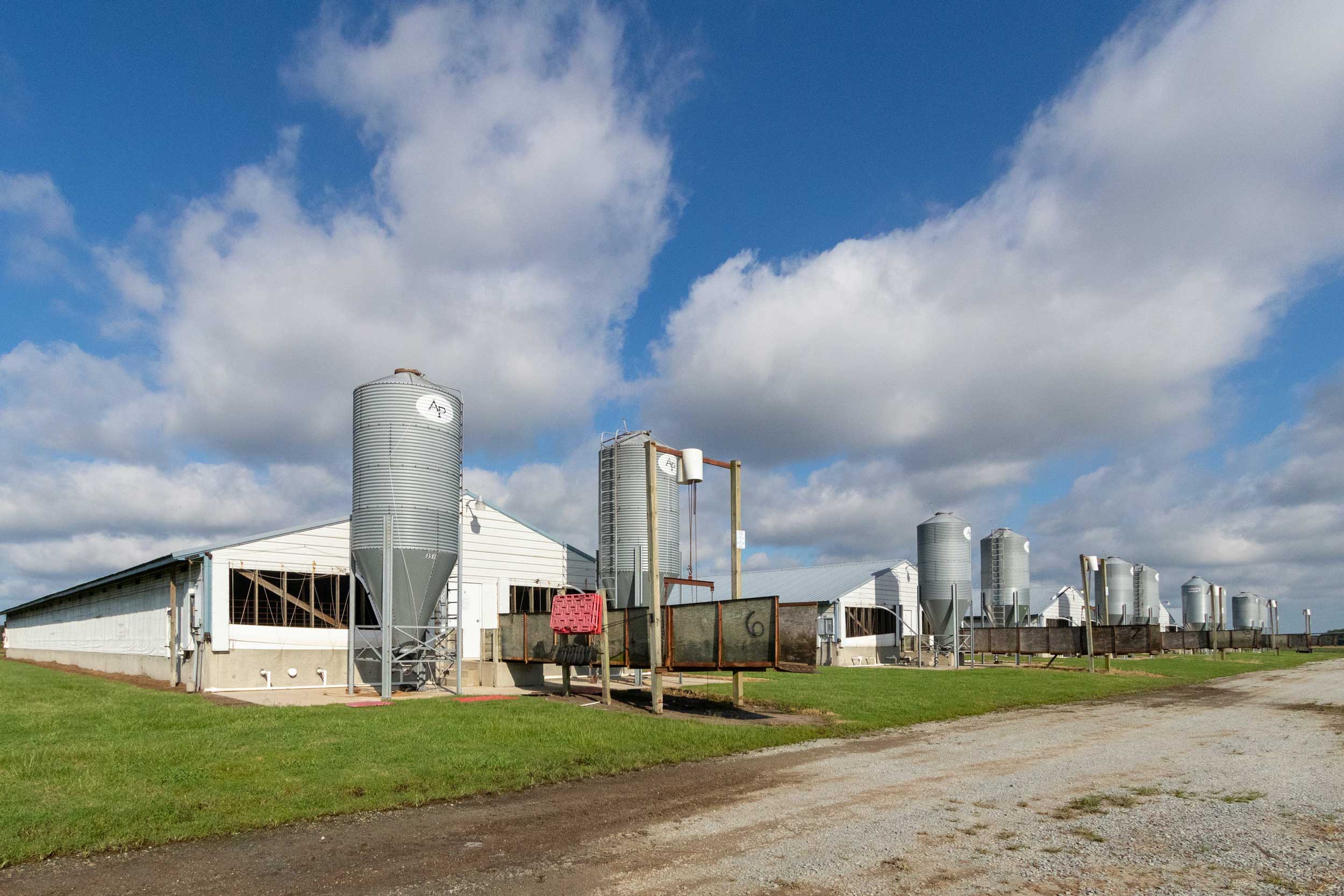
South Dakota pork producers have a chance to tell their story
March 14, 2023
South Dakota State University Extension is encouraging South Dakota hog farmers to join the Your Farm Sustainability Report, a Pork Checkoff-funded project.
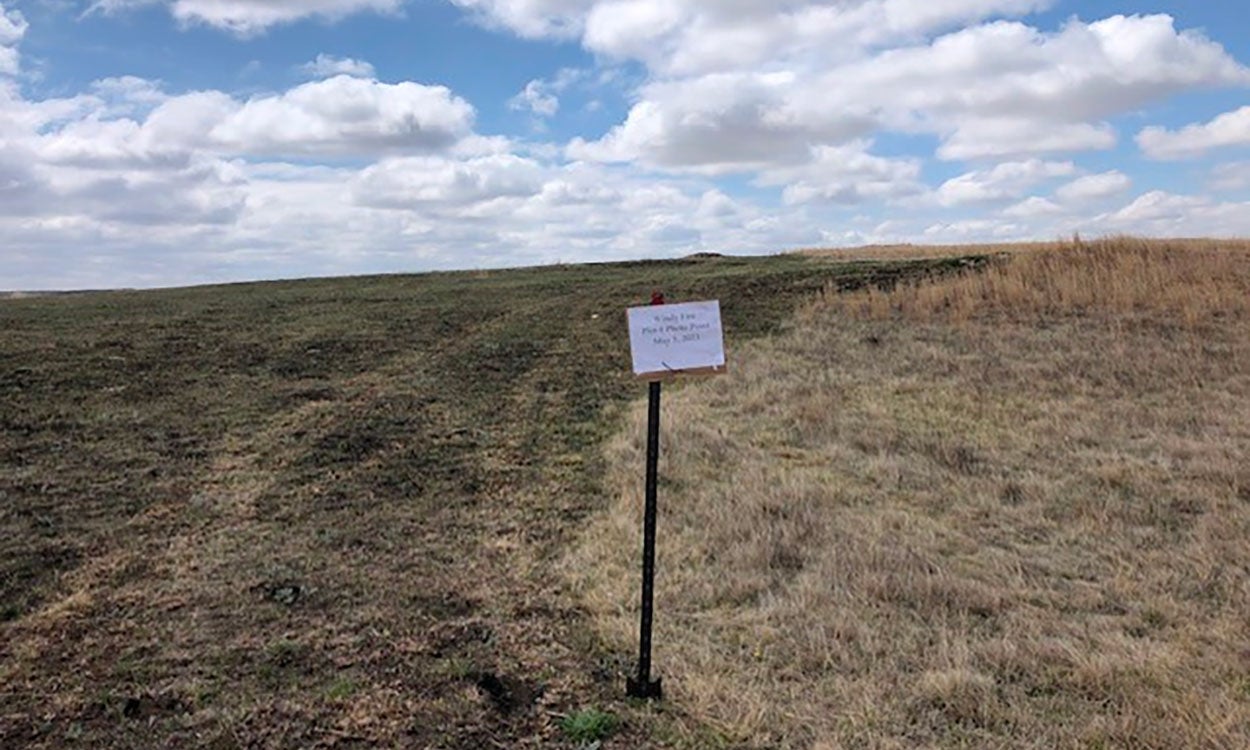
Range Roundup: Dormant Season Wildfire Project in Northwestern South Dakota
Two of the main environmental conditions that drive post-wildfire rangeland recovery include health of the rangeland ecosystem prior to the wildfire and climatic variables, such as precipitation or drought after the fire event.
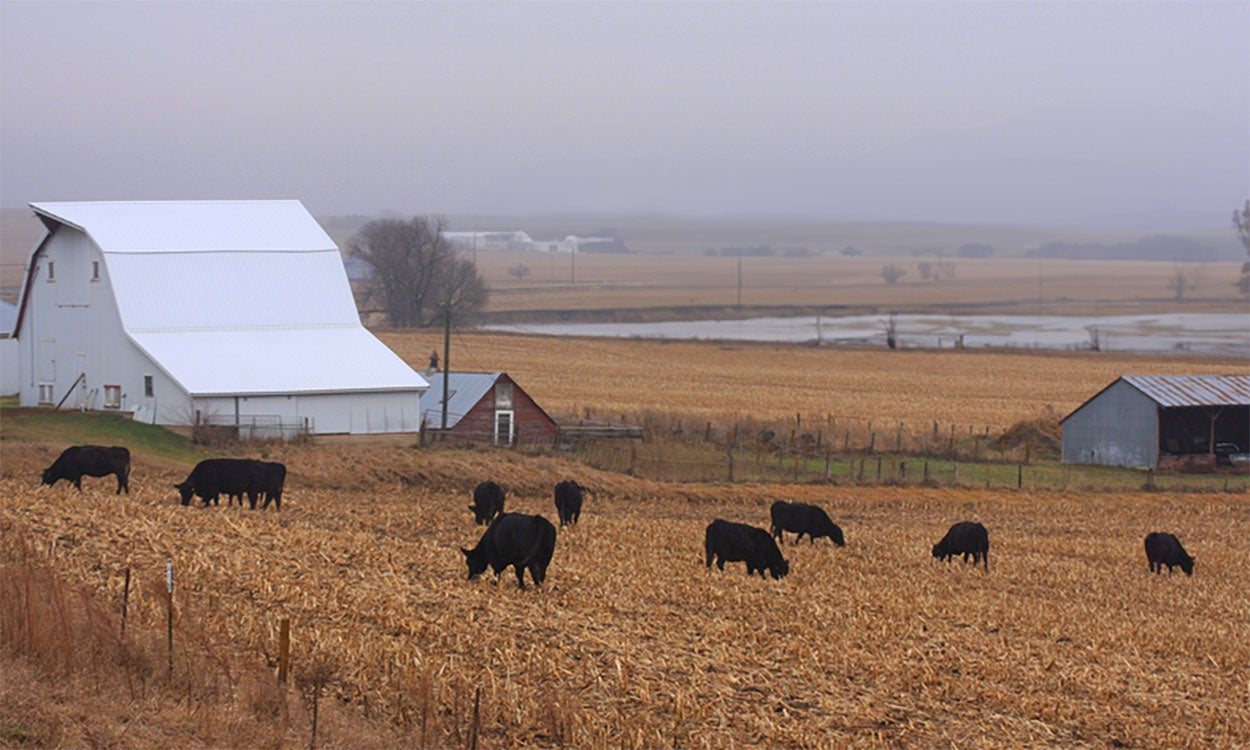
Grazing Corn Residue: An A-maize-ing Opportunity
Corn residue is an economical feed source for cattle over the winter months and can provide an extra source of income for crop producers without detrimental effects to the land.
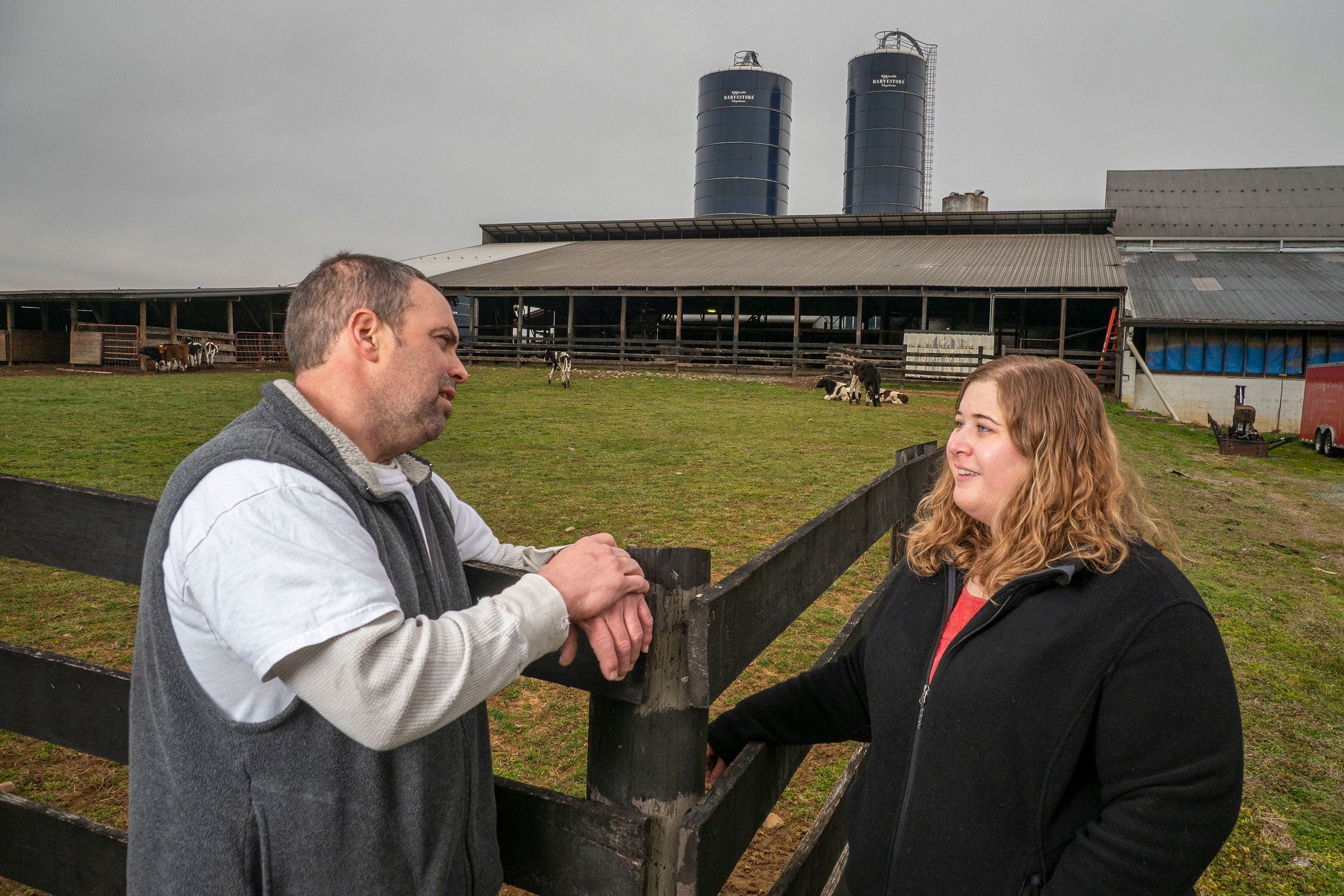
Preparing for FARM Animal Care Evaluations
The FARM Animal Care Version 4.0 rolled out January 2020. This article is a condensed tool to aid you in preparing for your next evaluation.
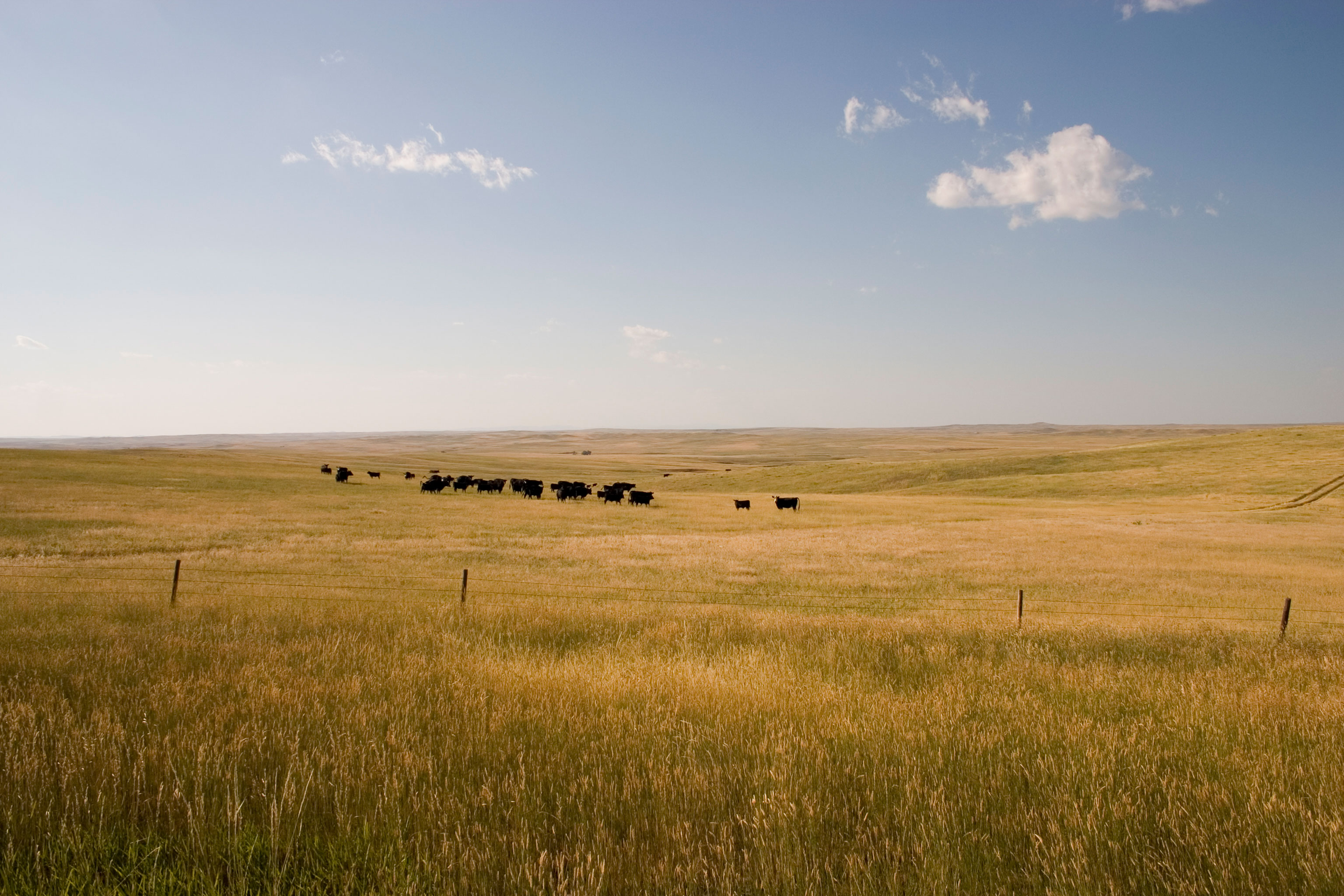
Rotational Grazing Improves Stocking Capacity and Ranch Profitability
Livestock stocking rate is considered as one of the most important decisions that ranchers can make, as heavy stocking rate causes grassland degradation and adversely impact the sustainable delivery of ecosystem services.
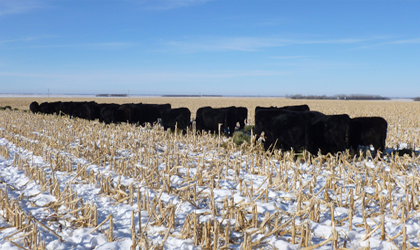
Reduce Feed Cost by Grazing Corn Stalks
Producers looking for options to reduce feed costs may consider grazing corn stalks. Feed, which comprises over 50% of the annual production costs, is the largest expense of a cow/calf operation.